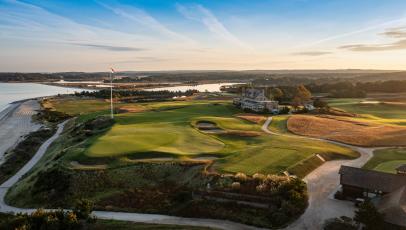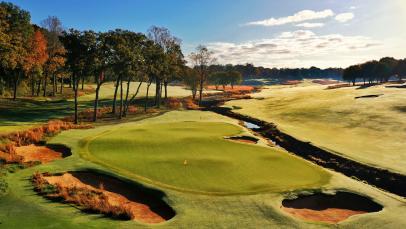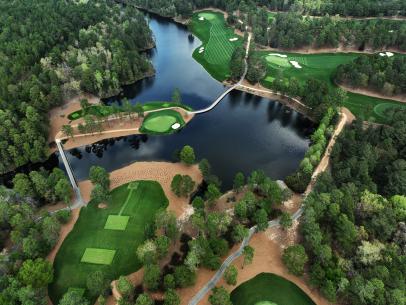When you play a course ranked on the Golf Digest America’s 100 Greatest and Second 100 Greatest Courses lists, you are not only playing one of the most architecturally refined layouts in the country, but you are playing the game through the vision of golf’s top architects. Whether it’s a new design, like Gil Hanse’s and Jim Wagner’s Ohoopee Match Club (No. 34), or a century-old gem, each designer asks unique questions of the player that reflect the architect’s taste for how the game should be played.
How well can you position your approach shots to stay below the hole on undulating greens? Donald Ross asks at Seminole, Oakland Hills’ South course and Pinehurst No. 2. At Kiawah Island’s Ocean course, Whistling Straits and TPC Sawgrass, Pete Dye tests your mental ability to withstand frightening visual intimidation and execute solid shots. Modern designers like Tom Doak, Gil Hanse and the team of Bill Coore and Ben Crenshaw often ask how well you can distinguish between dramatic natural features—be it sandy bluffs or fescue-covered dunes—and the desired line of play, when the line between the two is blurred by clever visual deception.
This diversity of architecture is present in our new 2023-2024 rankings, where 10 architects have designed four or more courses inside our 100 Greatest list. Tom Fazio, who has dominated the rankings for two decades, continues to lead the way with 14 original designs on our 100 Greatest list and 30 total among our Top 200. The names who follow him—Ross, A.W. Tillinghast, Dye, Alister MacKenzie, Jack Nicklaus, Doak, Coore and Crenshaw—help chart the evolution of course architecture over the past century.
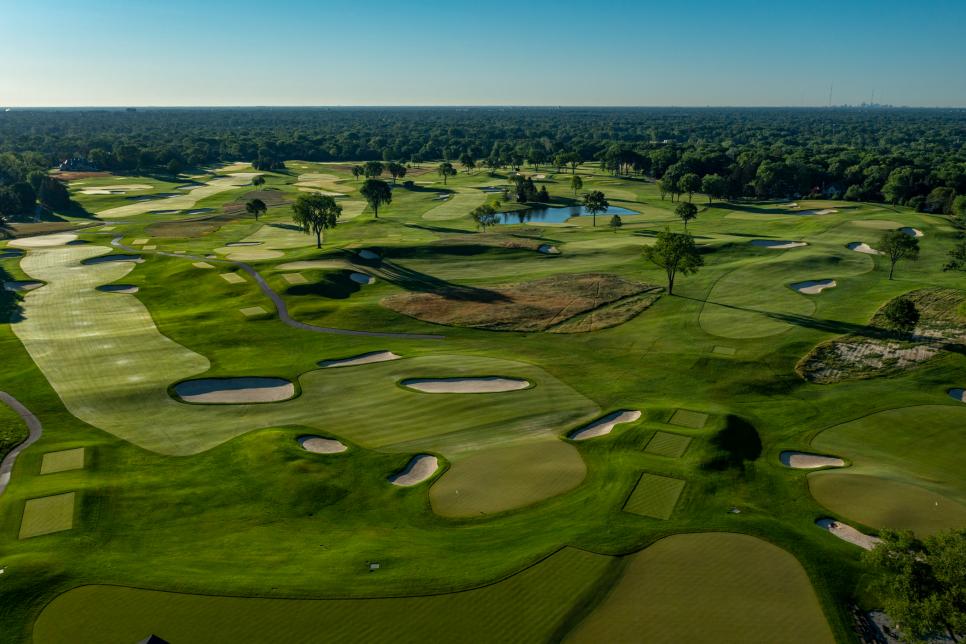
The South course at Oakland Hills C.C. in Bloomfield Hills, Mich.
L.C. Lambrecht/Oakland Hills
Here are the 10 course architects who have the most original designs (65 combined) in our latest ranking of America’s 100 Greatest Golf Courses.
Tom Fazio (14)
38. The Alotian Club
42. Congaree G.C.
53. Victoria National G.C.
70. The Estancia Club
75. Butler National G.C.
77. Diamond Creek G.C.
83. Dallas National G.C.
88. Hudson National G.C.
91. The Quarry at La Quinta
98. Shooting Star G.C.
100. Spring Hill G.C.
Donald Ross (9)
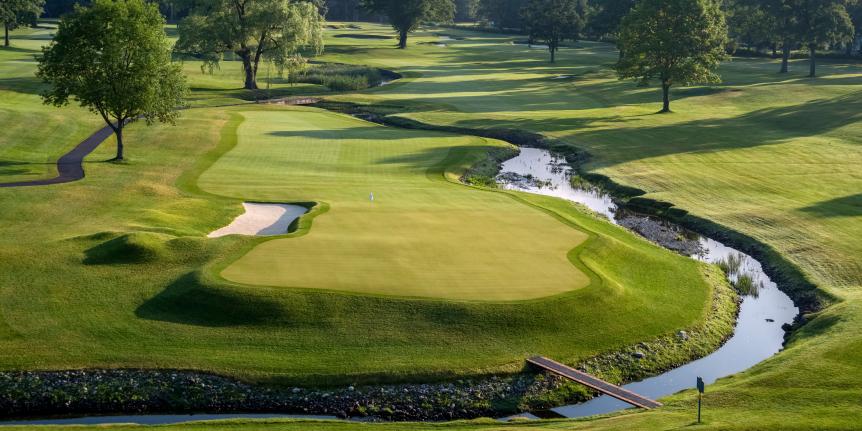
29. Pinehurst #2
58. Inverness Club
60. Scioto C.C.
78. Essex County Club
82. Plainfield C.C.
95. Aronimink G.C.
A.W. Tillinghast (8)
45. Baltusrol G.C.: Lower
57. Somerset Hills C.C.
61. Winged Foot G.C.: East
80. Baltusrol G.C.: Upper
81. Quaker Ridge G.C.
Editor's Note: We did not include Tillinghast's work at Sleepy Hollow C.C., as the majority of holes were designed by C.B. Macdonald. Tillinghast designed seven holes at Sleepy Hollow.
Pete Dye (7)
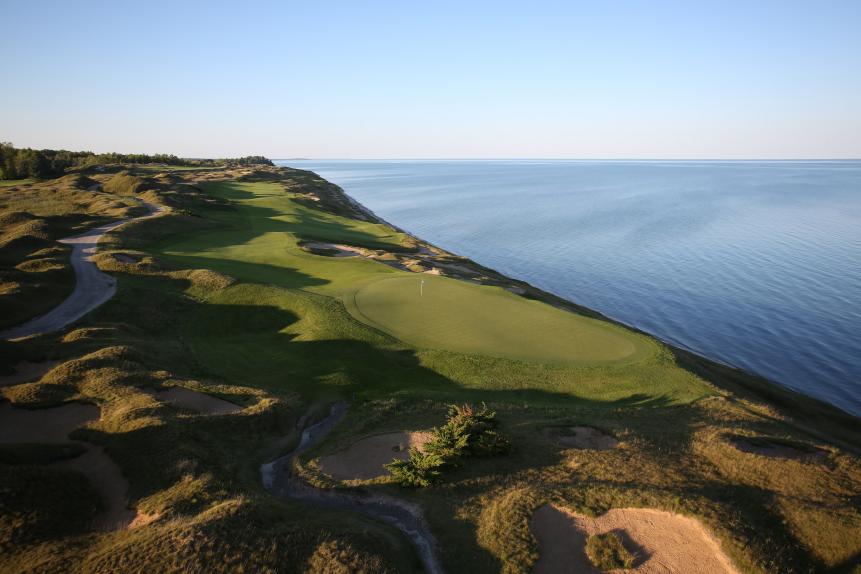
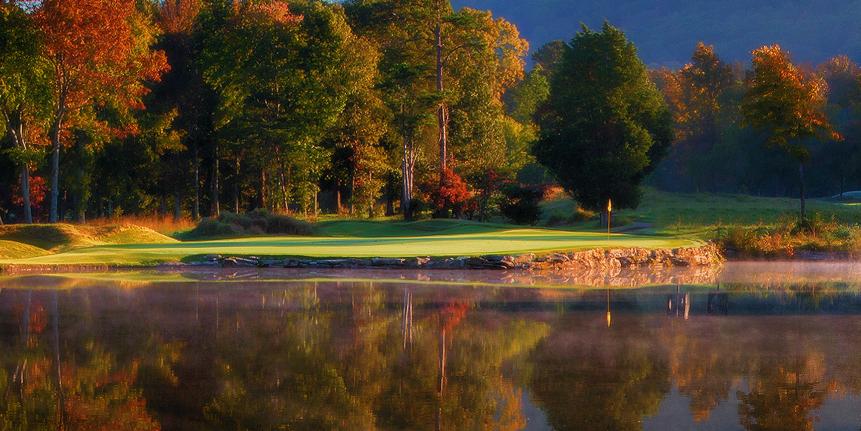
Alister MacKenzie (5)
From Golf Digest Architecture Editor emeritus Ron Whitten:
Cypress Point, the sublime Monterey Peninsula work of sandbox sculpture, whittled Cypress and chiseled coastline, has become Exhibit A in the argument that classic architecture has been rendered ineffectual by modern technology.
I'm not buying that argument. Those who think teeny old Cypress Point is defenseless miss the point of Alister MacKenzie’s marvelous design.
MacKenzie relished the idea that Cypress Point would offer all sorts of ways to play every hole. That philosophy still thrives, particularly in the past decade, after the faithful restoration of MacKenzie’s original bunkers by veteran course superintendent Jeff Markow.
Explore our complete review here—including bonus photography and ratings from our expert panelists.
Seth Raynor (5)
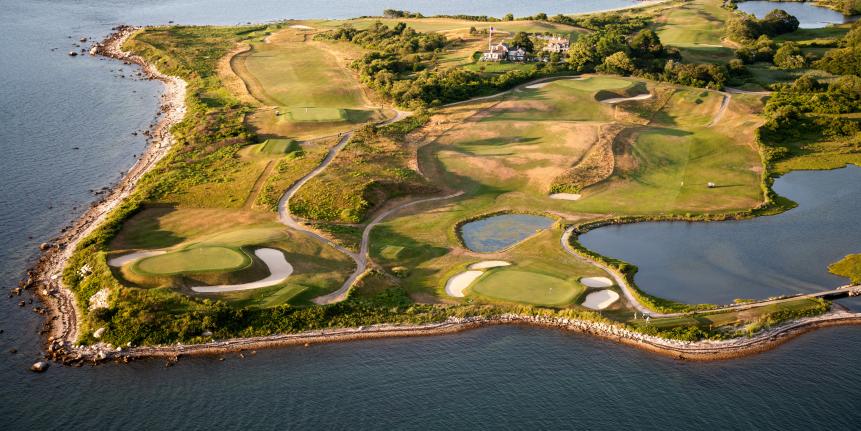
Tom Doak (5)

Bill Coore and Ben Crenshaw (4)
Jack Nicklaus (4)

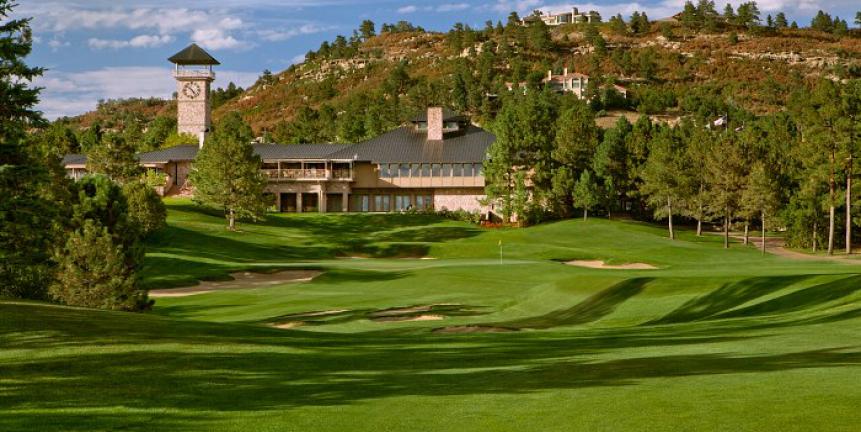
Perry Maxwell (4)
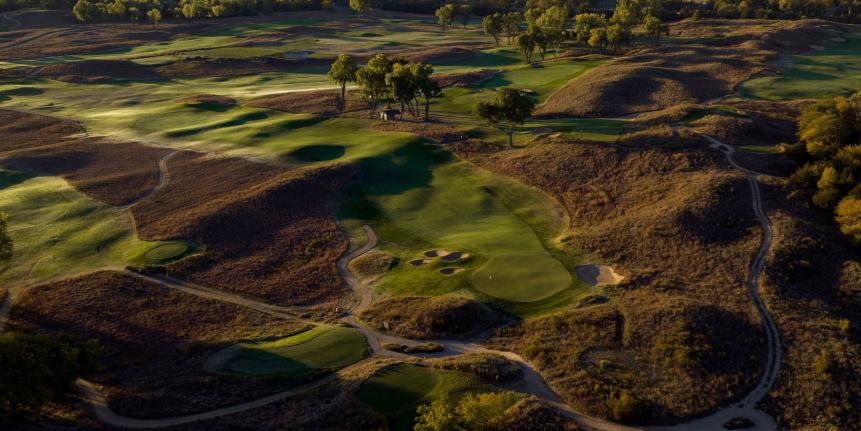
• • •
Explore Golf Digest's recently relaunched Places to Play community, where you can add star ratings and reviews for all the courses you play. We've collected tens of thousands of reviews from our course-ranking panelists to deliver a premium experience, which includes experts' opinions, bonus course photography and videos, plus much more. Check it out here!

